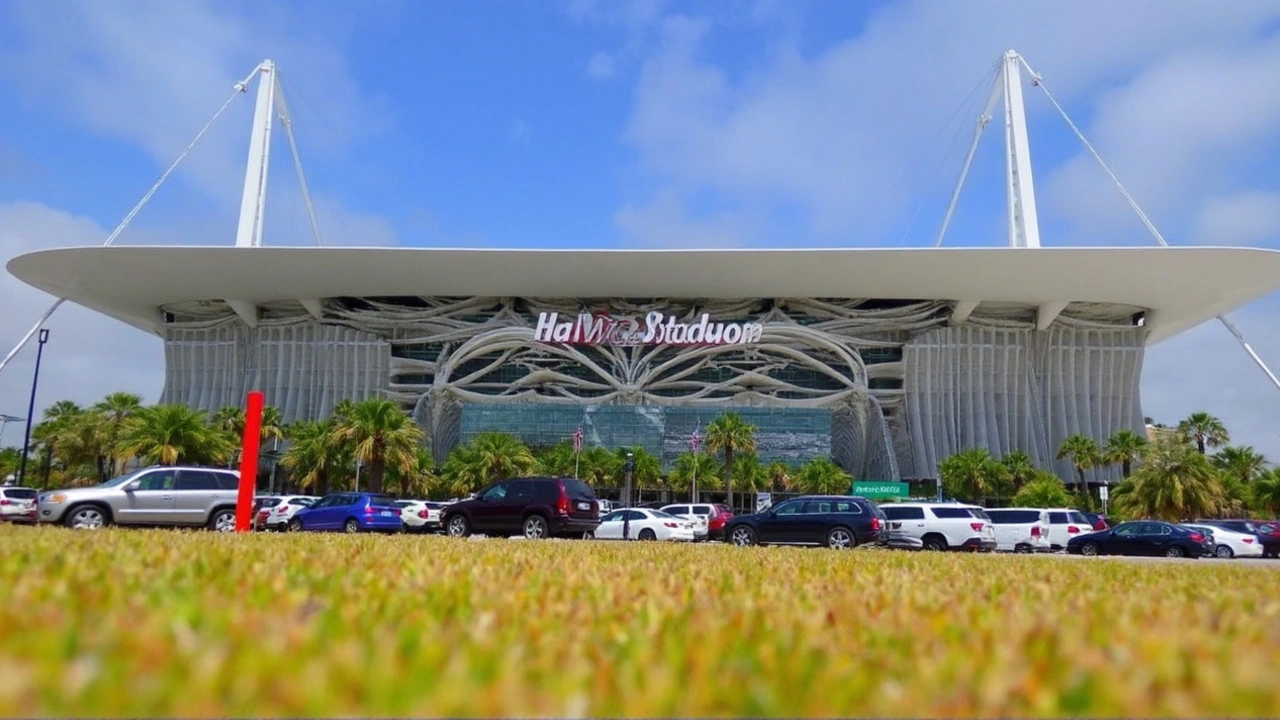Ever wondered how big tournaments pull off smooth schedules and flawless event days? The secret lies in solid tournament logistics—planning everything from game times to equipment setup and crowd control. Nail this, and your event won't just run well; it'll impress everyone involved.
First off, get your game schedule straight. Avoid overlaps and allow buffer time between matches to handle any delays. Use simple spreadsheets or tournament software to create a clear plan. Share this schedule early with teams, officials, and volunteers so everyone knows where to be and when. Clear timing means fewer surprises and less running around on game day.
Choosing the right venue is just the start. Think about the layout—where games will be played, warm-up areas, and spectator spots. Have enough equipment ready: balls, scoreboards, and first aid kits. Don't forget essentials like parking, restrooms, and food stalls if it's a long day. Coordinating these details upfront avoids last-minute chaos and keeps players and fans happy.
Tournament logistics isn’t just for the pros. Whether you’re handling local soccer games or a regional esports battle, good planning saves headaches. Keep communication open and assign clear roles so no one is left guessing their responsibilities. Using tech tools for registration, real-time scoring, or even live streaming can boost your event's reach and smooth running.
So, before you jump into your next tournament, focus on the logistics: plan smart schedules, organize your venues efficiently, and keep all involved updated. With these steps, you’ll turn a stressful event into a well-oiled tournament everyone enjoys.
Posted by
Siseko Tapile
17 Comments

The 2025 FIFA Club World Cup brings 32 teams to the U.S. with matches at Miami's Hard Rock Stadium. Notable games like Real Madrid vs. Al Hilal and Bayern Munich vs. Boca Juniors headline the schedule. Fans will need to follow venue policies and can explore Miami's food, beaches, and sports hotspots during the event.
read more